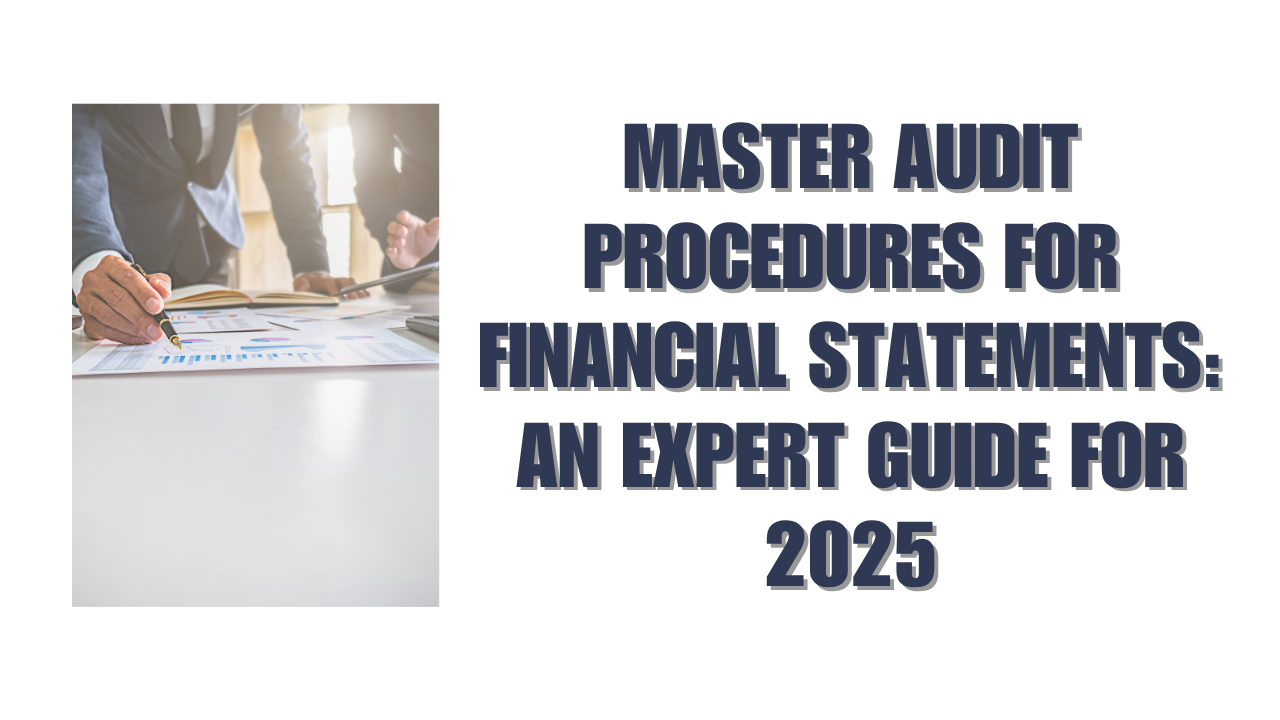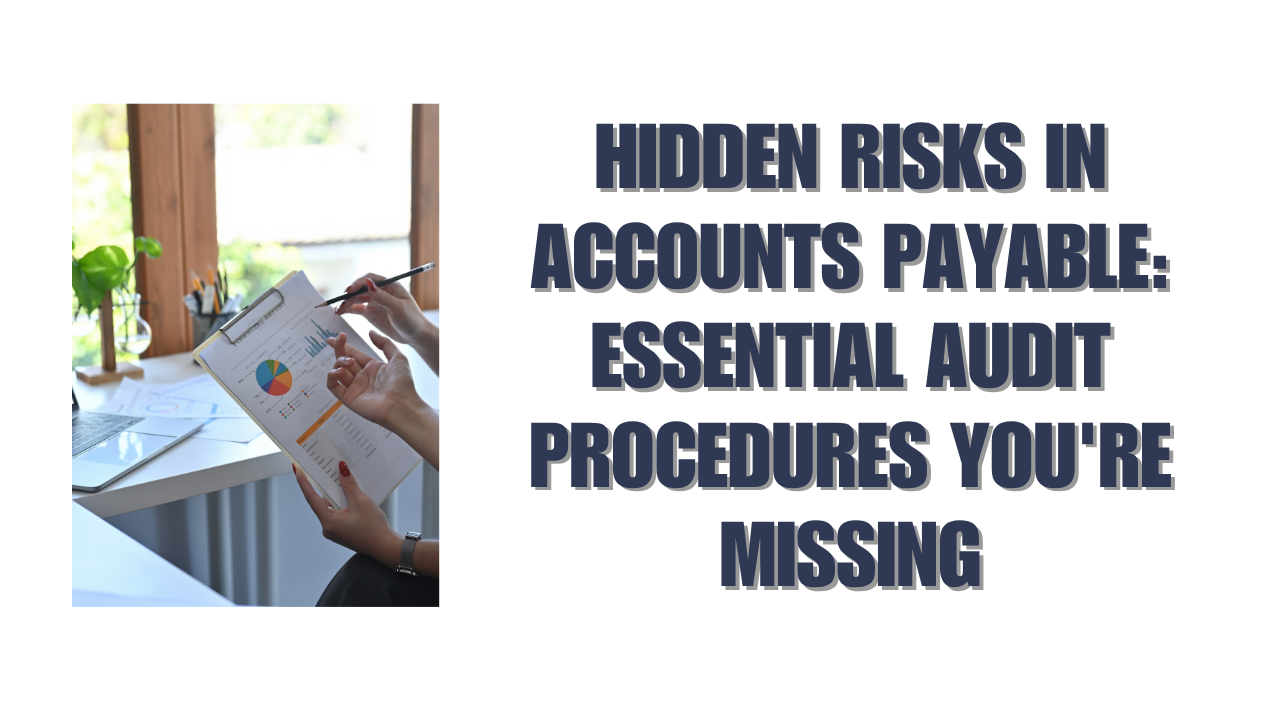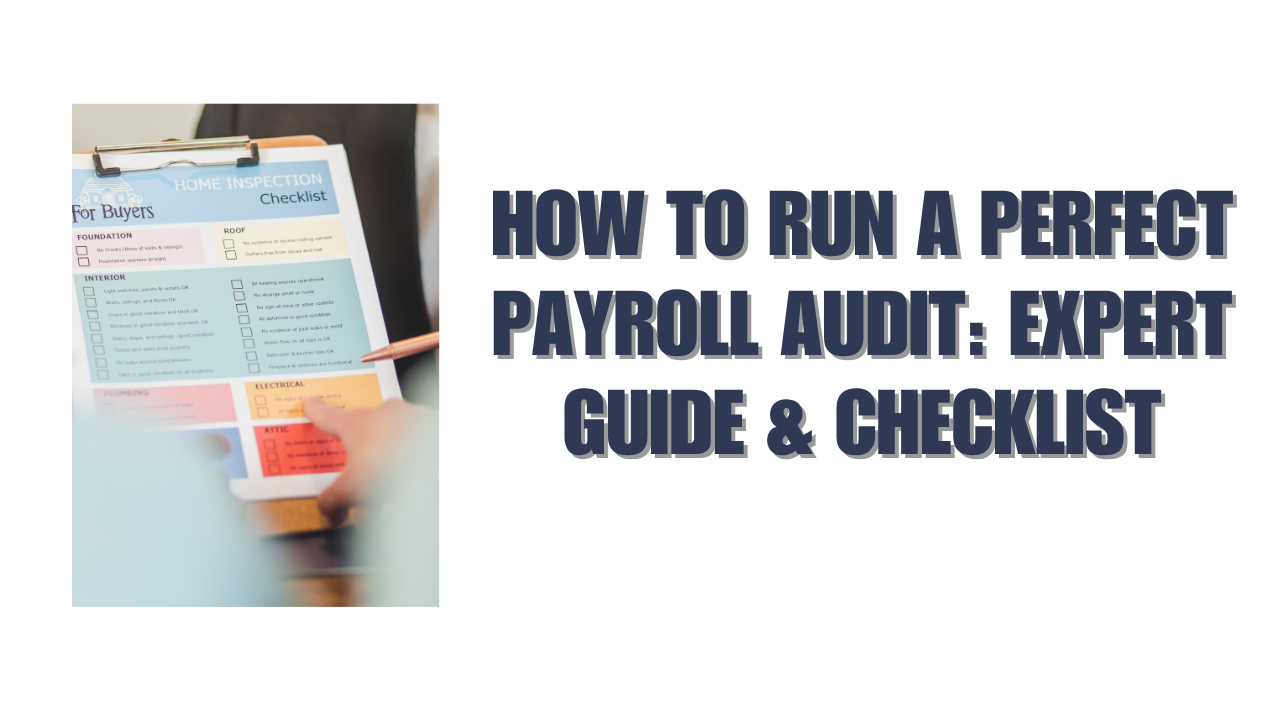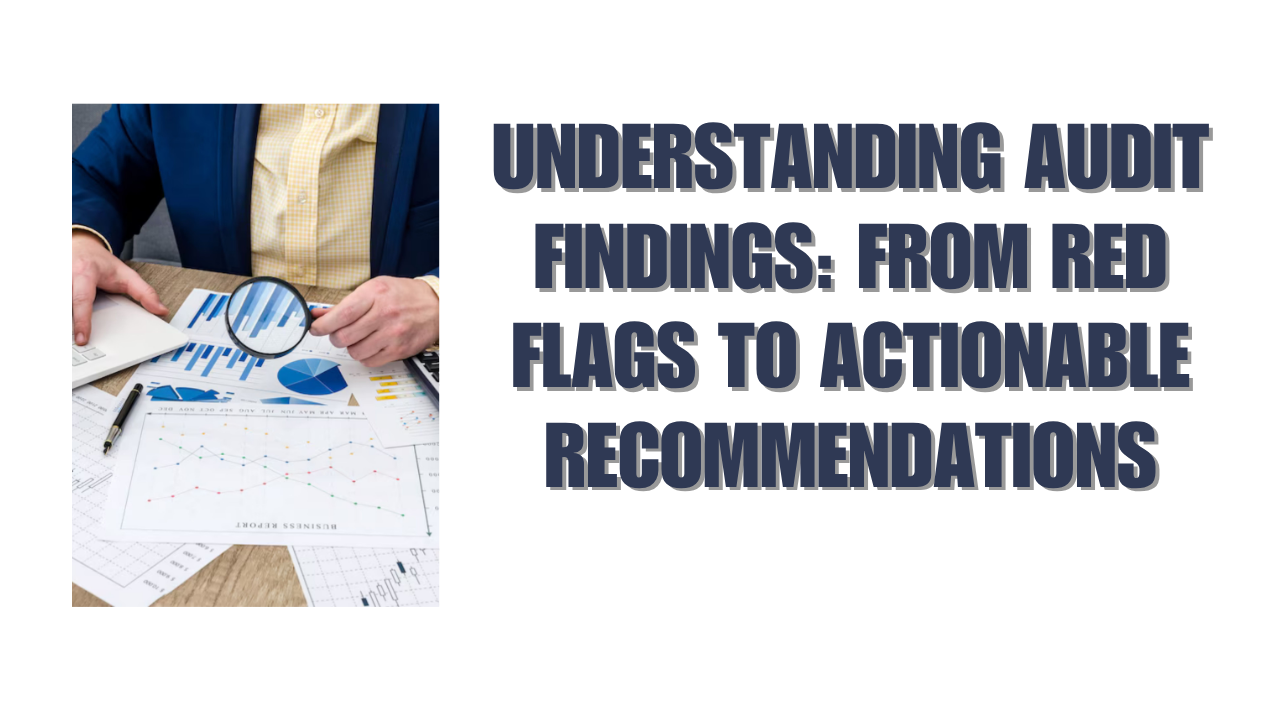AML audit mistakes cost businesses over $10 billion in 2022. This number shows why getting these assessments right matters so much. Black money worth $2 trillion enters the banking system each year, which makes proper AML compliance more important than ever.
The compliance world is changing rapidly. The AML/CFT Act now needs independent audits every three years instead of two. This makes avoiding common mistakes even more vital. Financial institutions have spotted 20% more suspicious activity signals lately. Many firms still face penalties though they follow technical requirements.
Let’s get into the top 7 mistakes organizations make during AML audits. We’ll show you practical ways to keep your compliance standards reliable and effective.
Understanding AML Audit Requirements in NZ
New Zealand’s AML/CFT world has seen major changes. We focused on the Ministry of Justice’s detailed review from July 2021 to June 2022. These changes will make the financial system stronger against money laundering threats.
Key regulatory changes in 2024
June 2024 brings a big move in AML/CFT regulations. The second stage of amendment regulations introduces important changes that reporting entities need to put in place. These rules target customer due diligence processes and virtual asset service providers.
The new framework requires reporting entities to get and check more information about legal persons and arrangements. On top of that, businesses must think over new technologies and products during risk assessments.
The most important change relates to increased customer due diligence measures. Reporting entities must now:
- Verify information about a company’s ownership structure
- Document legal form and proof of existence
- Assess powers that bind and regulate organizations
- Monitor nominee directors or shareholders
Who needs an AML audit
The rules say all reporting entities must go through regular AML audits. The default audit timeframe changed from two years to three years in July 2021. This rule applies to:
The Reserve Bank supervises financial institutions, which includes banks, life insurers, and non-bank deposit takers. The Financial Markets Authority watches over designated business groups, including securities issuers, derivatives dealers, and fund managers.
Businesses that started after June 2013 needed their first independent audit by June 2015. Legal professionals who began work on July 1, 2018, had to complete their first audit by June 2020.
The Department of Internal Affairs watches over casinos, non-deposit-taking lenders, and money changers. These entities need their risk assessment and AML/CFT programs checked by qualified, independent auditors.
The audit looks at the entity’s Risk Assessment and AML/CFT compliance program. Lawyers need to think about legal professional privilege and client confidentiality during their audits.
Poor Audit Planning and Preparation
Good preparation is the lifeblood of successful AML audits. A systematic check of your AML/CFT program needs careful planning and organization to avoid getting pricey mistakes.
Incomplete documentation gathering
Documentation is the foundation of your AML audit process. Auditors assess your compliance based on recorded and filed information. Messy and incoherent documents make audits hard to finish and drive up costs.
Your audit documentation should include:
- Risk assessment and AML/CFT program documents
- Customer identification records
- Transaction records and system outputs
- Staff training records
- Results of internal monitoring and reviews
We struggled with scattered documentation in a variety of locations – filing cabinets, emails, cloud storage, and off-site facilities. You can minimize delays and extra expenses by organizing these documents before the audit.
Lack of staff readiness
Staff training is a legal requirement, but many organizations don’t keep good training records. Staff readiness goes beyond simple training – it just needs ongoing education, especially when you have:
- Complex AML obligations
- New guidance releases
- New team members with no prior AML knowledge
The Compliance Officer needs more detailed knowledge than front-line staff. Senior management needs specific training to understand AML/CFT risks and their responsibilities.
Missing risk assessment updates
The link between lack of self-monitoring and audit findings raises concerns. Many firms wrongly think that three-yearly audits are enough for self-monitoring. This approach leaves organizations exposed as problems stay hidden between audits.
Your engagement letter with the auditor should spell out the scope, including information requirements and access permissions. This shows your responsibility for compliance and will give a clear picture of all relevant matters to the auditor.
Weak Customer Due Diligence Records
CDD records are the foundations of effective AML compliance. Organizations face major audit findings because they don’t deal very well with record-keeping, which affects their compliance status.
Incomplete verification documents
Many verification challenges come from misunderstanding what’s really required. Companies need more than simple identification. Reporting entities need to get:
- Full name and date of birth
- Current residential address
- Relationship to the customer (if not the customer)
- Company identifier or registration number (for businesses)
- Source of wealth documentation
Companies often make the mistake of accepting driver’s licenses as the only form of identification. Single-form identification doesn’t meet the strict requirements in the Identity Verification Code of Practice (IVCOP).
Electronic verification tools provide a strong solution that links identification biometrically and automatically verifies details with government agencies. This approach reduces verification errors substantially and strengthens compliance standards.
Poor record keeping practices
Good record maintenance needs more than just collecting documents. Companies should store records securely in formats that allow quick retrieval and audit access. Service types and business activities determine the retention periods.
Transaction records need special attention. Companies must preserve all documents related to designated services carefully. Records must be kept throughout the customer relationship and seven more years after service ends.
Customer identification procedures (CDD) records need careful organization. These include the AML program’s adoption dates, approval documentation, and program changes. Companies must keep these records for seven years after the program ends.
Staff training documentation is another vital area. Training records show ongoing compliance efforts and staff competency. Auditors closely examine these significant elements when documentation is missing.
The core team’s cooperation plays a vital role in maintaining complete records. Front-facing staff, compliance teams, and senior management must work together to ensure timely updates and complete documentation. This teamwork prevents record-keeping gaps that could lead to audit findings.
Inadequate Risk Assessment Documentation
Risk assessment documentation is the life-blood of effective AML compliance programs. In fact, many reporting entities find it hard to maintain detailed documentation that meets regulatory standards.
Missing risk factors
Risk assessment documentation must identify and review multiple important elements. Businesses need to review:
- Nature, size, and complexity of operations
- Products and services offered
- Delivery channels and methods
- Customer demographics and types
- Geographic locations and jurisdictions
- Institutional relationships
A full picture needs more than just identification. Organizations must document their method to review each risk factor. Many firms don’t realize how important it is to explain their thought process and decision-making behind risk reviews.
The documentation should show how the business reached its risk conclusions. Generic content about sector-wide risks doesn’t meet compliance requirements without specific attention to the reporting entity’s unique situation.
Outdated risk matrices
Risk matrices combine likelihood and effect to generate risk scores. In spite of that, many organizations don’t keep their risk assessment frameworks current. The Department of Internal Affairs stresses that risk assessments can’t be static documents filed away and forgotten.
Regular updates become significant when:
- Business circumstances change
- New products or services launch
- Customer base evolves
- Regulatory world changes
Many firms show compliance at one point but miss when mitigating activities drift or stop completely. This points to a ‘ticking the box’ mindset rather than keeping sustainable controls.
Documentation must outline the method used to review money laundering risks. The risk scoring method should calculate identified risks based on their importance, likelihood, and potential effect. This helps prioritize risks and allocate resources well.
Senior managers need to express risks and controls consistently, though their level of insight may vary by role. The documentation should reflect a unified understanding across the organization, backed by objective evidence and balanced explanations.
Proper documentation serves as evidence during audits and regulatory inspections. The records must show compliance with regulatory requirements and provide a detailed overview of the risk assessment method, data sources used, and the reasoning behind risk mitigation strategies.
Staff Training and Compliance Gaps
Staff training serves as the foundation of AML compliance success. The AML/CFT Act requires training for senior managers, compliance officers, and employees who handle AML/CFT duties.
Insufficient training records
Audits frequently reveal gaps in training documentation. Proper documentation must include:
- Training content and materials
- Attendance records with dates
- Assessment outcomes
- Updates shared with staff
- File review results
Organizations must track training completion rates and assess staff knowledge regularly, beyond simple documentation. Many firms find it challenging to maintain detailed training registers that show ongoing development.
We measure training effectiveness by monitoring three key aspects:
- Knowledge retention through formal assessments
- Practical application in daily operations
- Behavioral changes in handling suspicious activities
Training needs vary substantially across roles. Front-line staff need focused instruction on customer due diligence and suspicious activity reporting. Compliance officers require detailed knowledge of the whole AML framework.
Unclear compliance responsibilities
Compliance gaps often emerge from role confusion. Senior managers hold ultimate responsibility to ensure appropriate staff training levels. Their duties cover:
- Ensuring role-appropriate training delivery
- Monitoring training completion rates
- Reviewing suspicious activity reports
- Overseeing internal assurance programs
The AML Compliance Officer (AMLCO) drives program administration. They must report directly to senior management and stay current with money laundering techniques and typologies.
Businesses performing well in AML compliance typically conduct training in the last year. Organizations need clear systems to track training completion, transaction reporting, and ongoing staff development.
Training programs should match specific job functions to achieve the best results. Senior management needs strategic oversight understanding, while compliance teams require detailed operational knowledge. This targeted approach helps each team member understand their specific responsibilities within the broader compliance framework.
The Department of Internal Affairs stresses the importance of adequate vetting procedures for senior managers, compliance officers, and AML-related staff. These procedures are the foundations of the compliance program and require proper documentation.
Conclusion
AML audits need detailed attention and thorough preparation to work. The move to three-yearly audits gives organizations more breathing room between assessments. This change highlights why stronger internal controls and documentation matter even more now.
Your organization should excel in four areas to pass these audits. You must maintain complete documentation for all compliance activities. The core team needs to strengthen customer due diligence through resilient verification methods. Risk assessments should stay current with proper documentation. Staff training programs require clear accountability.
Note that AML compliance needs steadfast dedication rather than just ticking boxes periodically. Self-monitoring between audits helps you spot and fix potential risks before they become major findings. This forward-thinking approach, along with proper documentation and staff training, builds a resilient compliance framework that meets regulatory requirements.
Companies focusing on these elements don’t just ace their audits – they create better defenses against money laundering risks. Take time to review your AML procedures now. Simple improvements in documentation and processes today can prevent compliance headaches tomorrow.
FAQs
Q1. What are the key components of an effective AML compliance program?
An effective AML compliance program includes comprehensive risk assessments, clear policies and procedures, robust customer due diligence processes, ongoing transaction monitoring, and regular staff training. These elements work together to create a strong defense against money laundering risks.
Q2. How often are AML audits required in New Zealand?
As of July 2021, the default audit timeframe for reporting entities in New Zealand has changed from two years to three years. This applies to various financial institutions and designated business groups supervised by different regulatory bodies.
Q3. What are common mistakes in AML audit preparation?
Common mistakes include incomplete documentation gathering, lack of staff readiness, and missing risk assessment updates. Proper organization of documents, ongoing staff training, and regular reviews of risk assessments are crucial for successful audit preparation.
Q4. What should be included in customer due diligence (CDD) records?
CDD records should include the customer’s full name, date of birth, current residential address, relationship to the customer (if not the customer), company identifier (for businesses), and source of wealth documentation. It’s important to note that relying solely on a driver’s license for identification is insufficient.
Q5. How can businesses improve their AML training programs?
To improve AML training programs, businesses should maintain comprehensive training records, measure training effectiveness through assessments and practical application, tailor training to specific job roles, and ensure clear compliance responsibilities. Regular monitoring and updates to training content are also essential.





